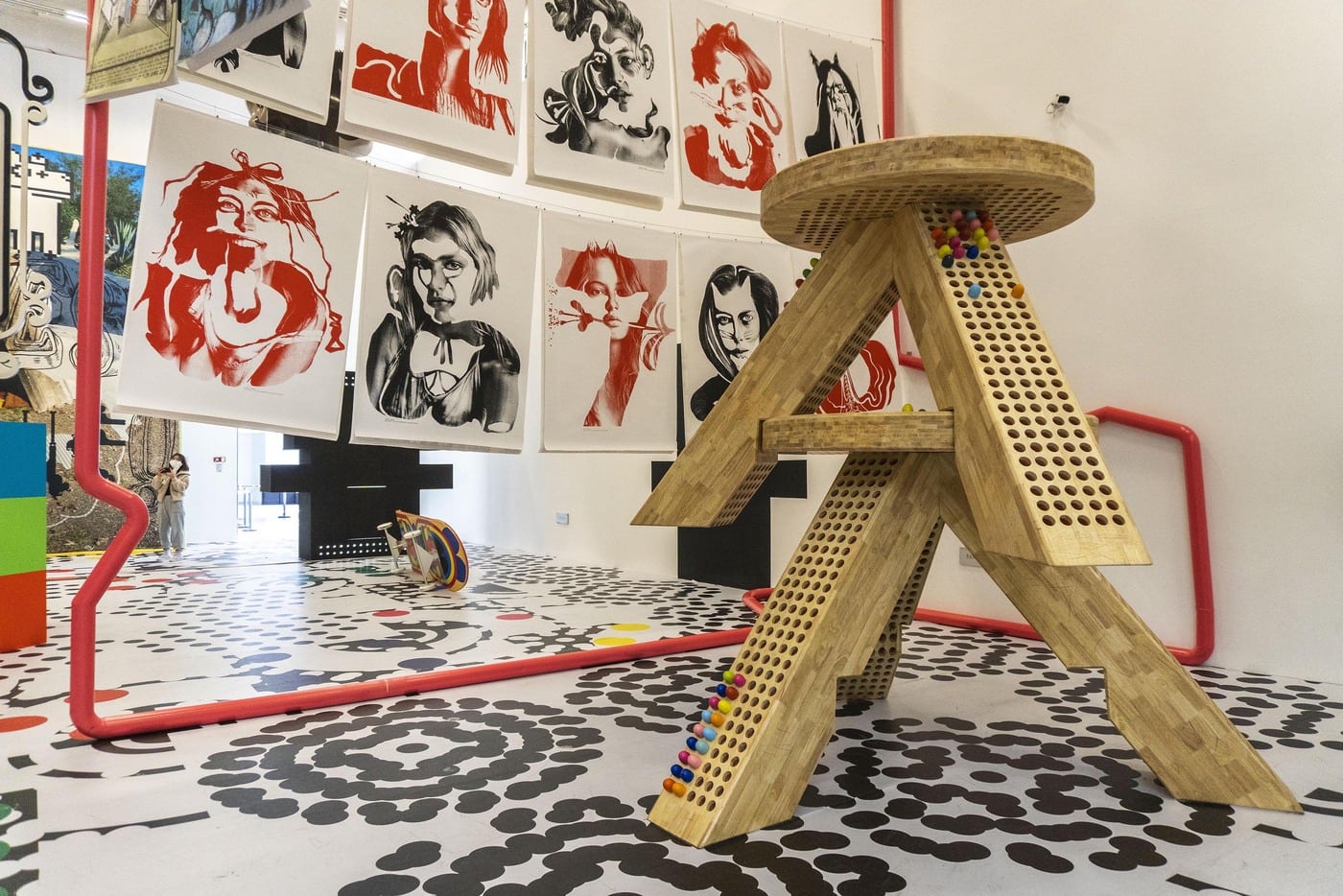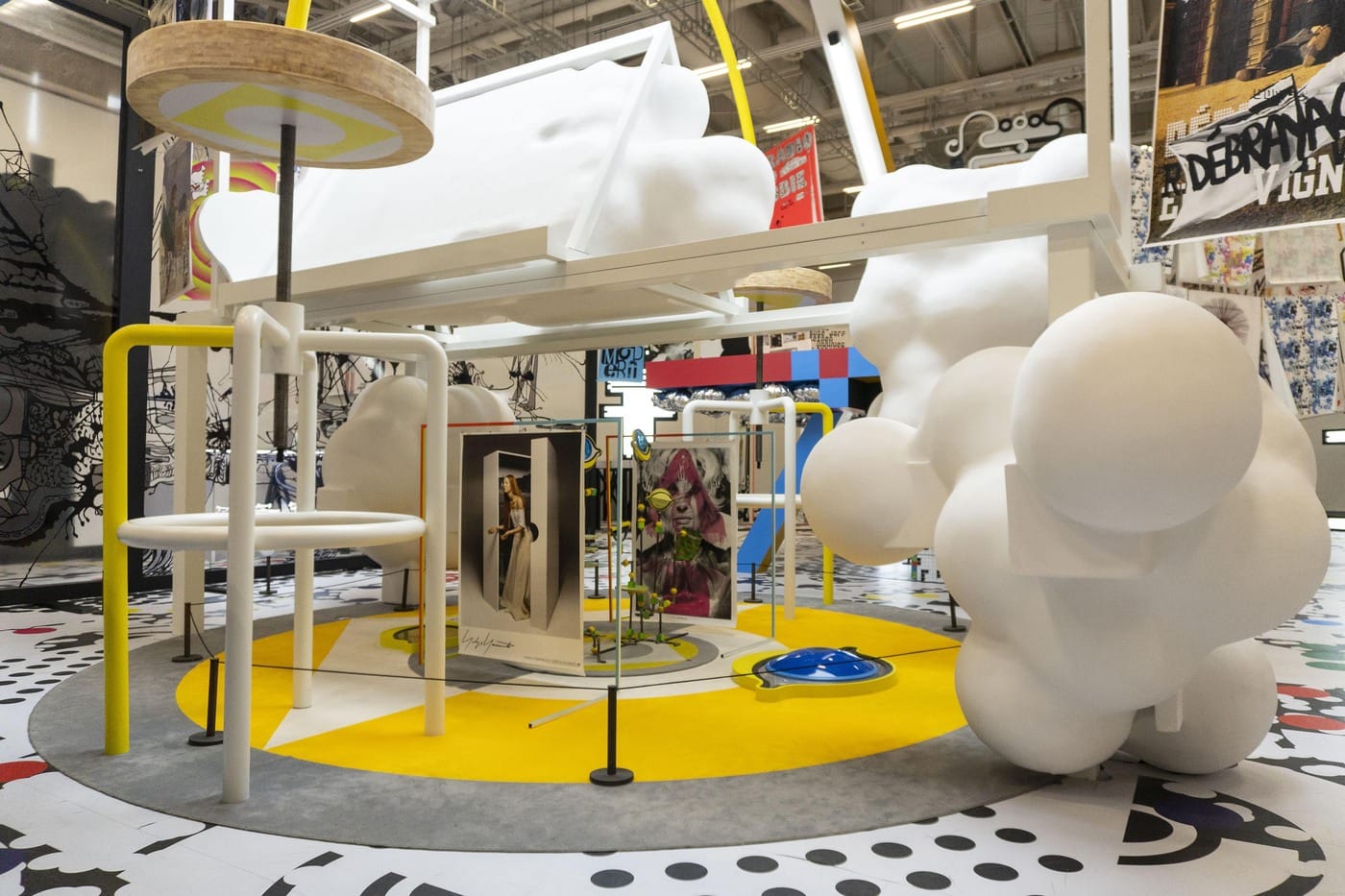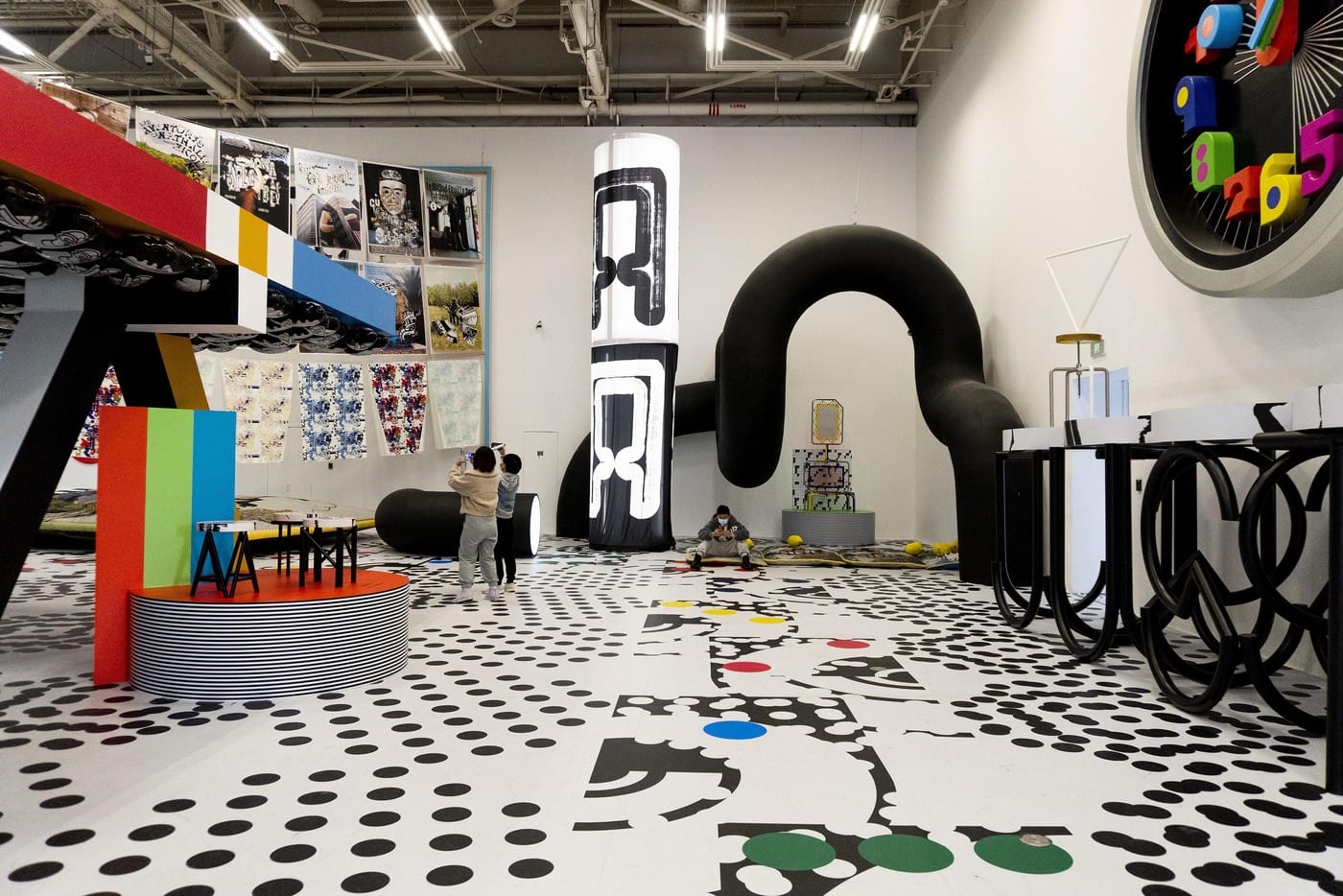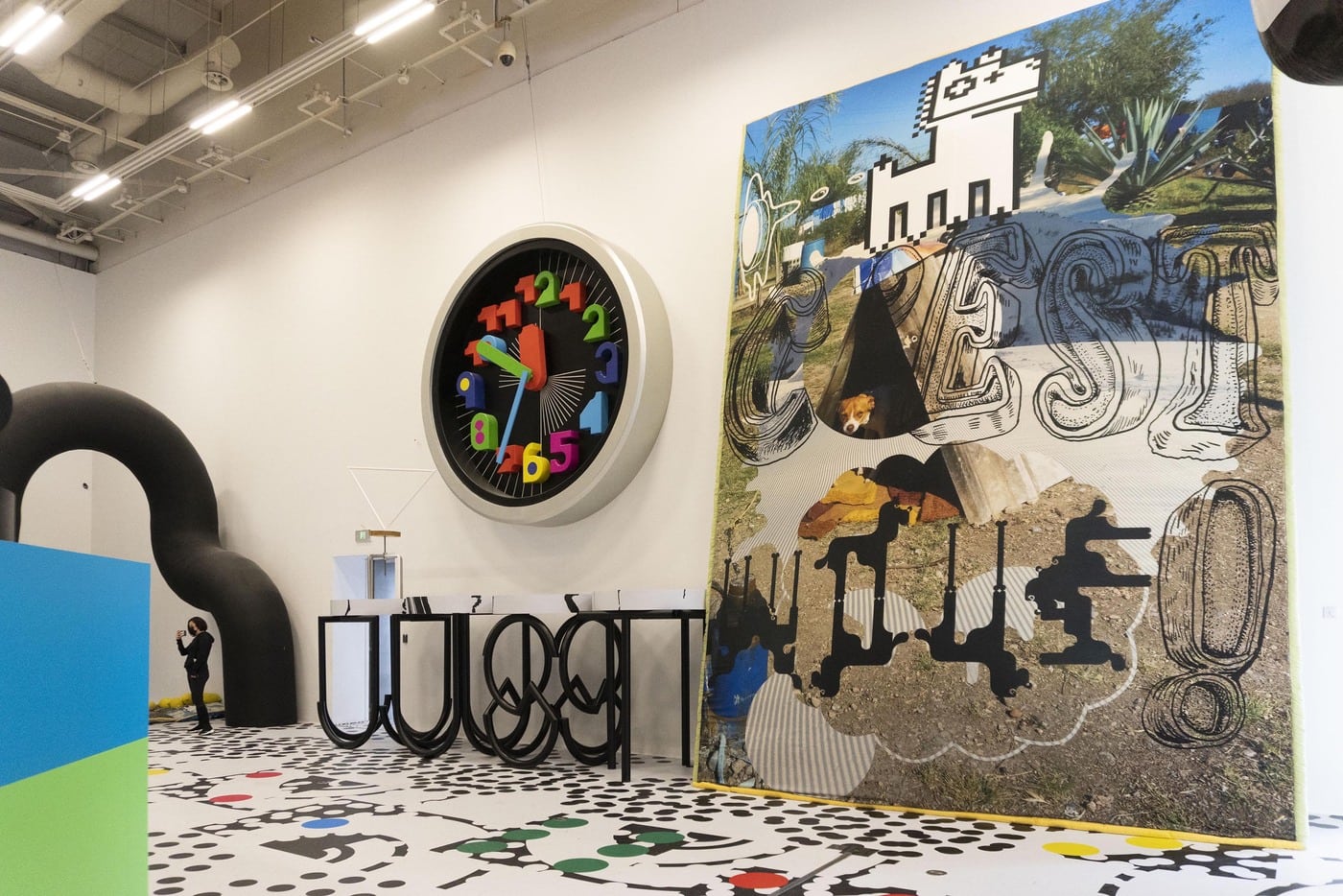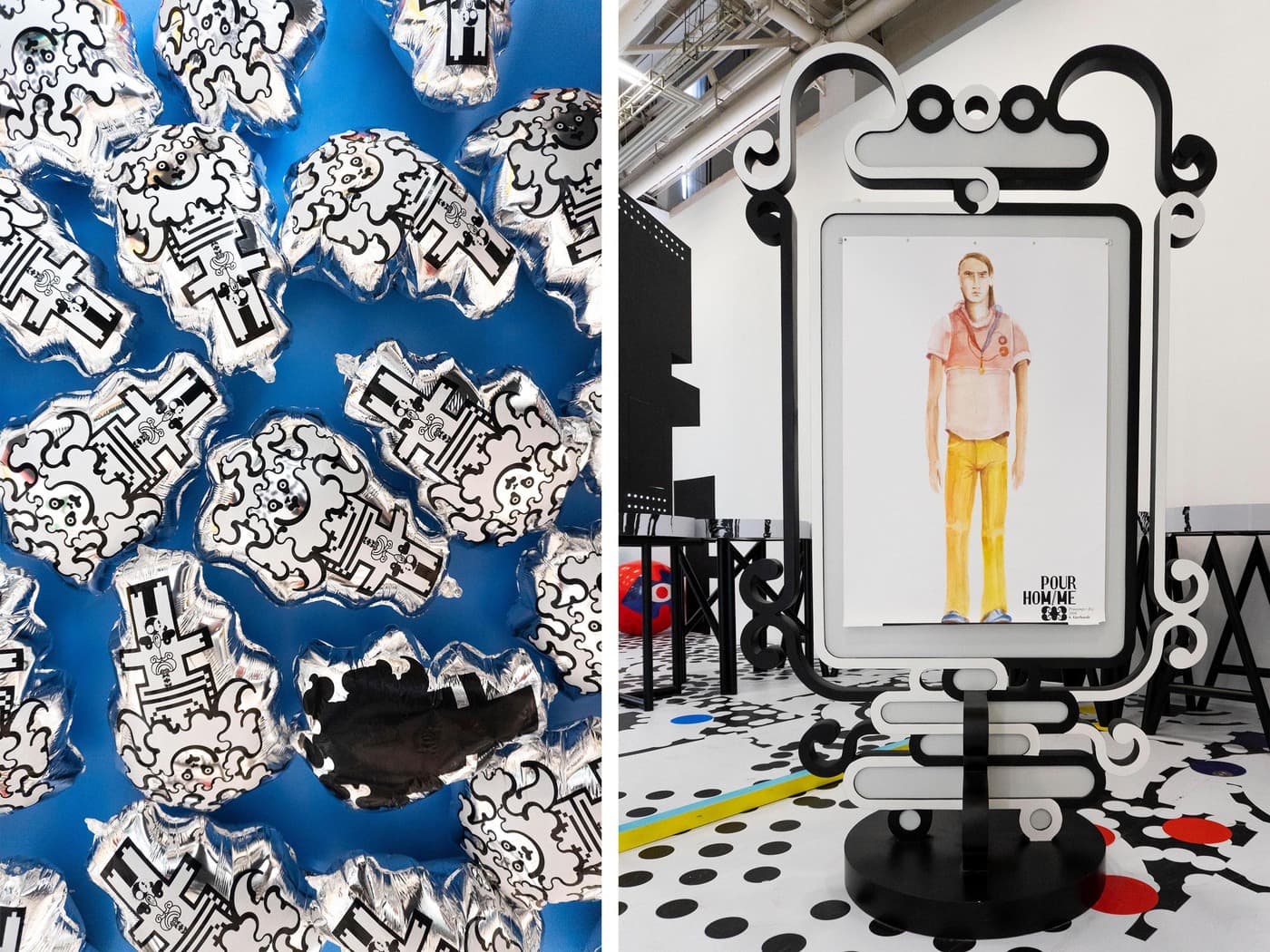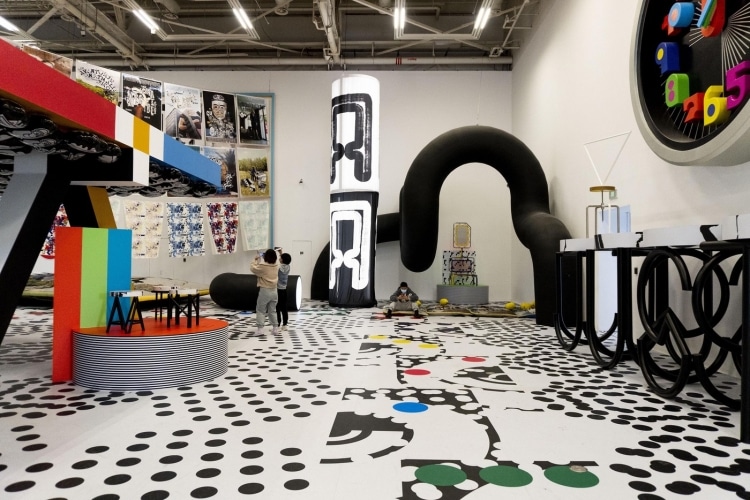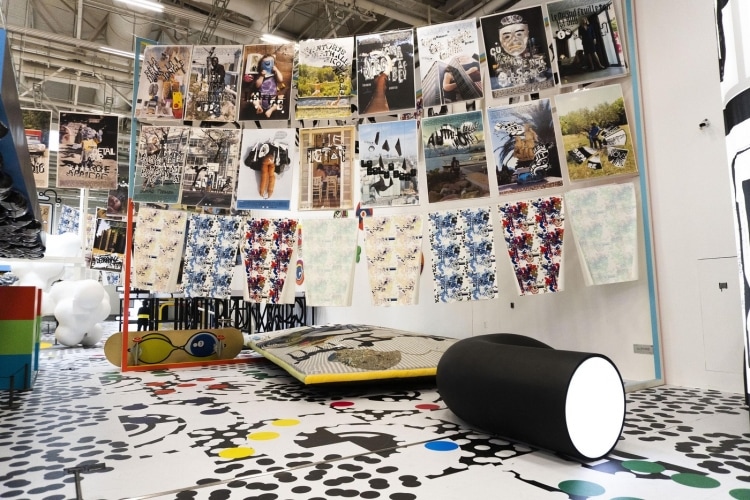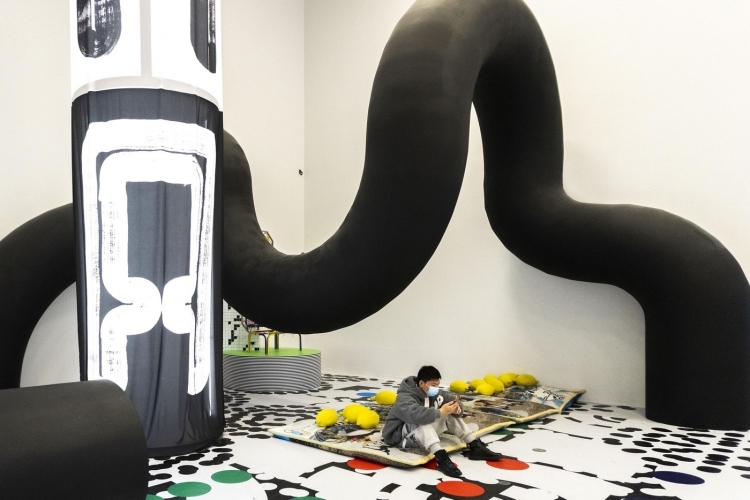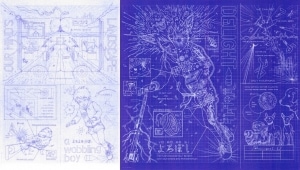M/M (Paris) - M/Made in Shanghai
The Power Station of Art, in Shanghai, opened its section dedicated to Design. Established in 2012, the Power Station of Art (PSA) is the first state-run museum dedicated to contemporary art in mainland China. It is also home to the Shanghai Biennale. It stands tall by Shanghai’s Huangpu River with its 165-meter chimney which became an integral part of Shanghai’s world-famous skyline and it is an independent exhibition space.
With an internal height of 27 meters, every floor is made of very spacious and simplistic exhibition halls, perfect to host monumental and significant expositions, like the current eccentric, flashy, out-size and eclectic exhibition “M/M (Paris) – M/Made in Shanghai”. M/Made in Shanghai is the debut solo exhibition of M/M (Paris) in China, showcasing hundreds of pieces of this prolific art and design duo’s works and reviewing their 30-years career, while exploring how design can be translated and reinterpreted in very diversified ways.
M/M (Paris) was co-founded by Michaël Amzalag and Mathias Augustyniak in 1992 and it is one of the most influential and talkative agencies in the creative world. It is associated with a diverse range of cultural industries, including music, fashion, visual art, film, graphic design, interiors and furniture. Featured are collaborations with internationally recognised figures such as influential musicians Étienne Daho, Björk and Mirwais; fashion designers Yohji Yamamoto and Stella McCartney; fashion brand such as Balenciaga, Givenchy, Calvin Klein, Prada, and more recently with Loewe; curators Hans Ulrich Obrist and Nicolas Bourriaud; visual artists Pierre Huyghe, Philippe Parreno and Inez van Lamsweerde and Vinoodh Matadin; the magazines Vogue Paris and Italia and many others.
Their work is based on the idea of the dialogue, since they are a duo and they connect and transfer elements from different fields, from fashion to music to art and back again, and, also, they keep using different media. The core element is their obsession for the sign. Their projects, either it is a poster, a film or a piece of furniture, start by building a set of signs.
Those signs could be produced in an alphabet for sure, and write the title of the show, or visualize ideas, but they are also intended to build a space, they can be stretched, magnified, rotated, can be piled on the top of each other to create structures.
They believe, in fact, that there are no barriers and distinctions between a graphic work and a product, or between art and design or architecture, and every creative production can be transferred from a field to another: graphic signs can become urban plans. This is exactly the aim of their exhibition in Shanghai: “M/Made in Shanghai refers not only the production place of the participated works, but also the relationship between works and their contexts.” All artworks in this exhibition are former works by M/M (Paris); however, by modifying the proportion of artworks (such as 400% magnification) and altering the way of viewing them, M/M (Paris) provides the audience with a flexible space, expecting the audience to establish disparate dialogues with the exhibits. “Magnification enables the audience to better reflect on the scale of human beings. In that sense, M/M (Paris) acts as the urban planner: Instead of building real houses, they gently stir the self-created two-dimensional world with their fingers and let the ripples of symbols and signs construct an alternative illusion of the city.”
Entering the exhibition hall, I felt to entering in a parallel world, not in a showing. The space was saturated with colors, signs, with pop symbols in a spontaneous and peaceful conversation with very unconventional and alternative ones; lights and furniture, as lamps, chairs, stools and clocks were transformed into gigantic objects like pieces of architecture that you could experience from a different perspective. Just at the entrance there are two big clocks, facing each other and magnified 100 times; one of them displays Paris time and the other Shanghai time, metaphors of a conversation between two different cultures in two time zones and expressing the intention to unite them in a common experience in the same space.
In addition, the exhibition features more than 200 posters by M/M (Paris), from which it is possible to further understand how they work with their clients and keep self-renewing from it.
This exhibition seems to encourage the viewers to be lost, to lose their linear connections with the realm of time, signs, materials, shapes, meaning and functions to reinvent them in a personal way.
The exhibition goes beyond objects that can be sold, and rather, focuses on producing a moment “where you can access history and be part of a culture that produced an amazing set of materials”.
I couldn’t find an official explanation, but I think that this aim is pursued, and its result amplified, also through the choice to avoid putting any description, caption and not even artworks’ titles in the exhibition.
This is a very original and effective decision to achieve the goal of providing a unique experience for the viewer. I can confirm that navigating an exhibition without being accompanied by any text or description, frees you from the sense of duty to collect information, understand, get awareness, which often translate into a burden and prevent you from a pure aesthetic experience. I felt in a dream, then I went home and studied. It’s a great formula, thank you M/M (Paris)!

 English
English 日本語
日本語
